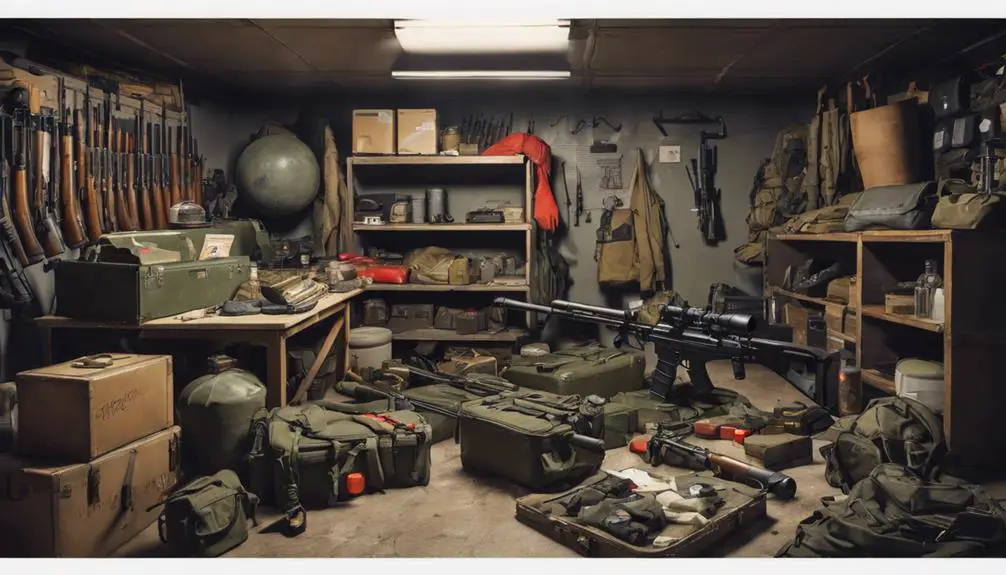You're about to uncover the fascinating world of military slang for equipment, where every term and nickname serves a purpose. From aircraft like the 'Viper' to ground vehicles like the 'Humvee', each term reflects functionality and customization. Weaponry has its own complex lexicon, with names like 'Carbine' and 'Saw', guaranteeing seamless coordination in missions. Communication gear, naval vessels, explosive ordnance, and engineering equipment all have their own distinct vocabularies. As you explore this intricate language, you'll discover how it facilitates communication and guarantees mission success. You're just starting to scratch the surface of a sophisticated world where every word counts.
Aircraft Nicknames
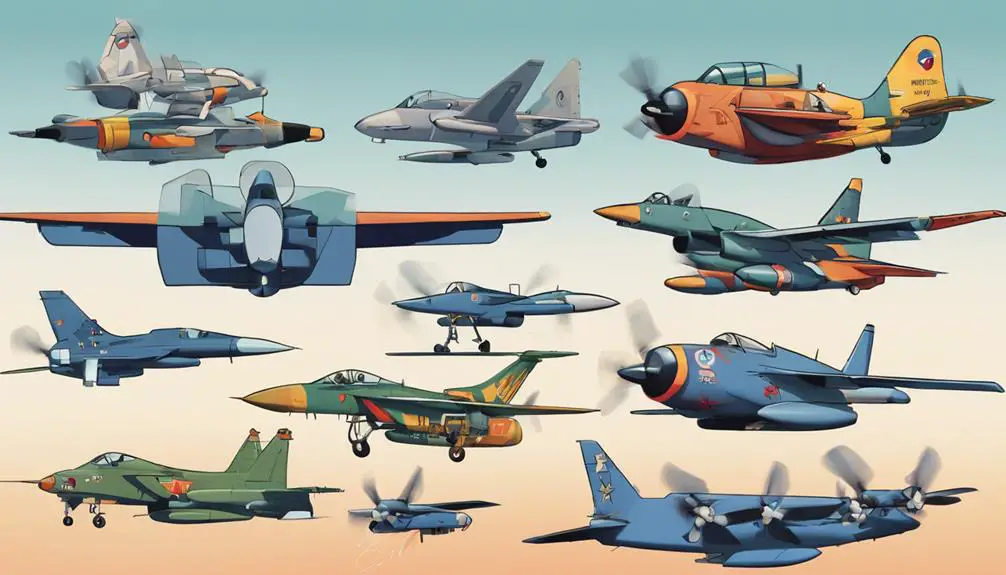
When you're familiar with military aircraft, you'll often hear pilots and ground crew referring to their planes by nicknames that might not be immediately recognizable to outsiders. These nicknames are part of the cultural lexicon of military aviation, and they serve as a shorthand way to identify specific aircraft. For instance, the F-16 is often called the 'Viper,' while the F-15 is known as the 'Eagle.' Understanding these nicknames is crucial for effective communication on the flight deck, where clear and concise language is critical.
In the cockpit, pilots and crew members follow strict Flight Deck Etiquette, adhering to standardized communication protocols to guarantee safe and efficient operations. Cockpit Conversations are carefully scripted, with each participant playing a specific role in the communication process. By using standardized terminology and adhering to established protocols, military aircrew can quickly and accurately convey critical information, even in high-stress environments. This precision is vital for successful missions, and it's a key aspect of military aviation culture.
Ground Vehicles Uncovered
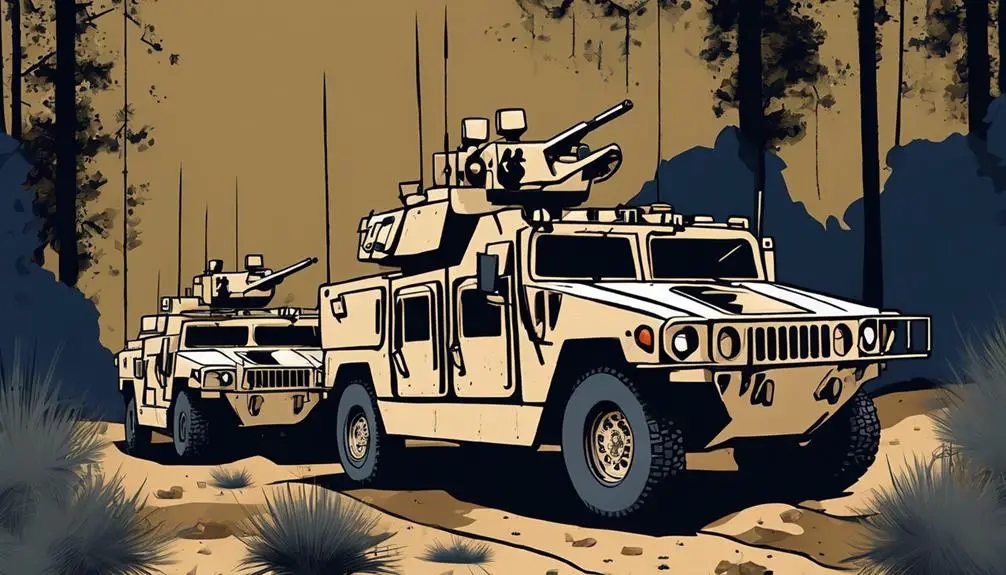
As you explore the vast array of military ground vehicles, you'll uncover a rich lexicon of slang and nicknames that serve as a secret handshake among military personnel, with each vehicle earning its own distinctive moniker. From the 'Humvee' (High Mobility Multipurpose Wheeled Vehicle) to the 'MRAP' (Mine-Resistant Ambush Protected vehicle), these nicknames often reflect the vehicle's functionality or design. Tactical transport options, such as the 'LMTV' (Light Medium Tactical Vehicle) and 'FMTV' (Family of Medium Tactical Vehicles), have earned their own unique names, showcasing their specialized capabilities. Vehicle customization trends also play a significant role in shaping military slang. For instance, the 'gun truck' refers to a modified cargo truck equipped with mounted weapons, while the 'up-armored' designation denotes vehicles with enhanced protection features. As you investigate further into the world of military ground vehicles, you'll discover a fascinating array of terms that reveal the complexities and nuances of military operations.
Weaponry Lingo Decoded
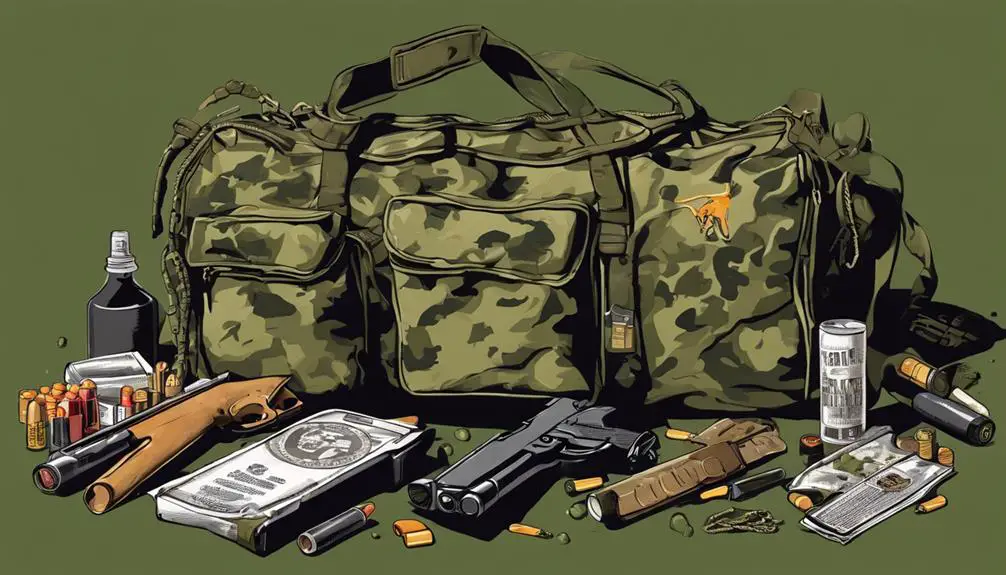
Explore the world of military weaponry, and you'll uncover a complex lexicon of slang and acronyms that serve as a common language among military personnel, with each weapon system earning its own distinctive nickname. This unique terminology has evolved over time, influenced by firearm folklore and the need for efficient communication on the battlefield. You'll find that rifles like the M4A1 are dubbed 'Carbine,' while the M249 is affectionately known as the 'Saw.' The M2 .50-cal machine gun earns the nickname 'Ma Deuce,' a tribute to its reliability and firepower.
The tactical terminology evolution has led to the creation of acronyms like 'SOPMOD' (Special Operations Peculiar Modification), which refers to a kit that enhances the M4A1's capabilities. You'll also come across 'PEQ' (Pointer Emitting Kit), a laser aiming device used to improve marksmanship. This specialized language allows military personnel to quickly convey complex information, ensuring seamless coordination and effective execution of missions. As you explore further into the world of military weaponry, you'll discover a rich tapestry of slang and acronyms that reflect the dynamic nature of modern warfare.
Communication Gear Jargon
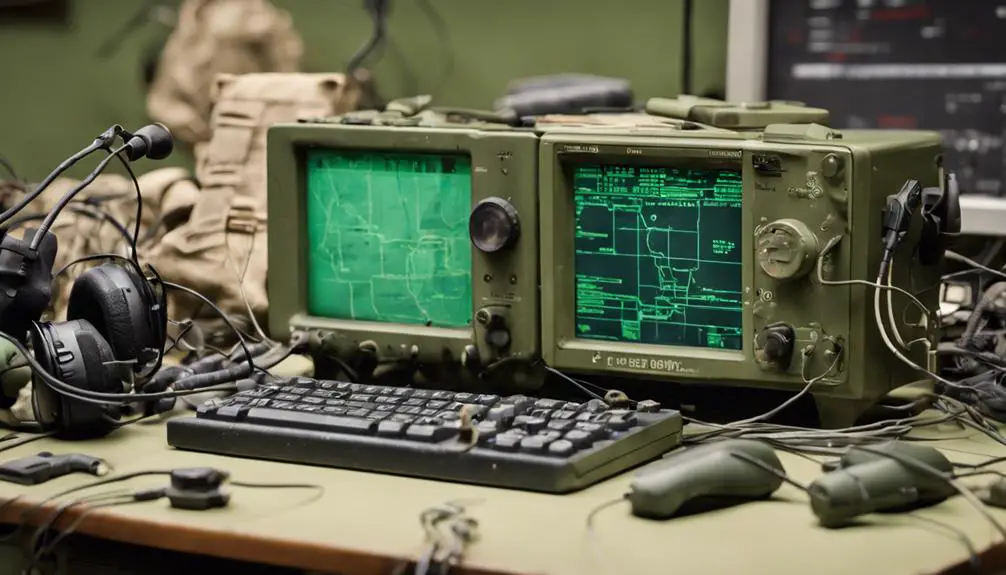
Diving into the domain of communication gear, you'll find that military personnel rely on a distinct vocabulary to efficiently convey critical information, with phrases like 'Commo Check' serving as a ritualistic verification of radio functionality. This specialized lexicon is important for maintaining clear and concise communication, particularly in high-stress environments. Familiarizing yourself with radio protocols, such as calling procedures and frequency designations, is essential for seamless communication. When operating in areas with limited or no terrestrial coverage, satellite comms become the primary means of communication. Understanding the nuances of satellite communication systems, including latency and signal delay, is crucial for effective communication. In the heat of battle, every second counts, and clear communication can be the difference between success and failure. By adopting this unique vocabulary, military personnel can make sure that critical information is conveyed efficiently and accurately, even in the most challenging environments.
Naval Vessel Slang
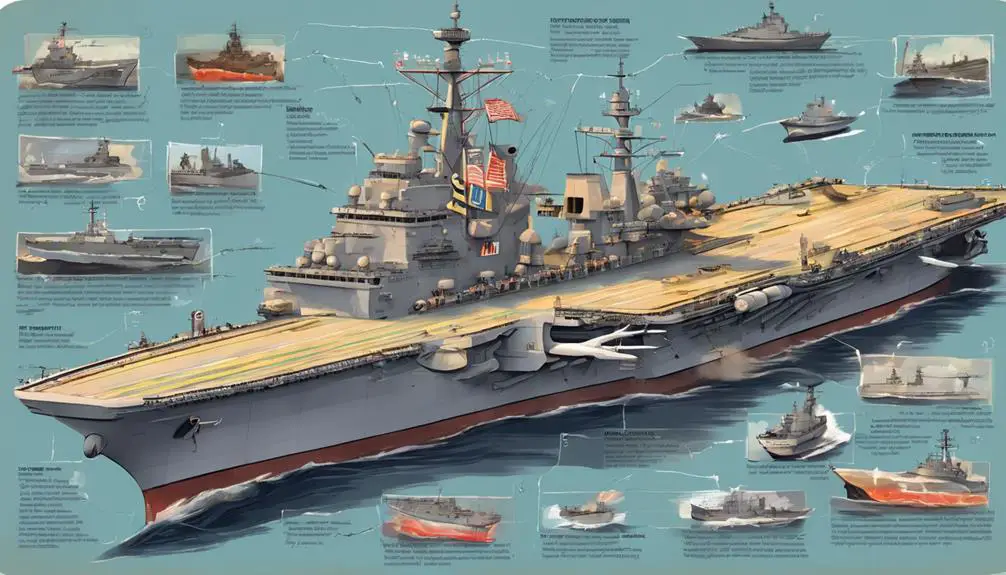
When you're maneuvering through the complex world of naval vessels, you'll quickly realize that sailors and naval personnel rely on a unique set of terms and phrases to efficiently communicate critical information about their ships and operations. This specialized language enables them to convey complex ideas swiftly, ensuring seamless coordination and effective decision-making.
In naval vessel slang, you'll encounter terms like 'anchor chains,' which refer to the massive metal links that connect the anchor to the ship's hull. You'll also hear phrases like 'fleet deployments,' which describe the strategic allocation of naval vessels to specific regions or missions. These terms are essential for coordinating complex operations, such as convoy escorts, amphibious landings, or humanitarian assistance missions.
Familiarity with naval vessel slang is important for effective communication among sailors, officers, and other stakeholders. By mastering this specialized language, you'll gain a deeper understanding of naval operations and be better equipped to work with naval personnel or participate in maritime-related activities.
Medical Equipment Terms
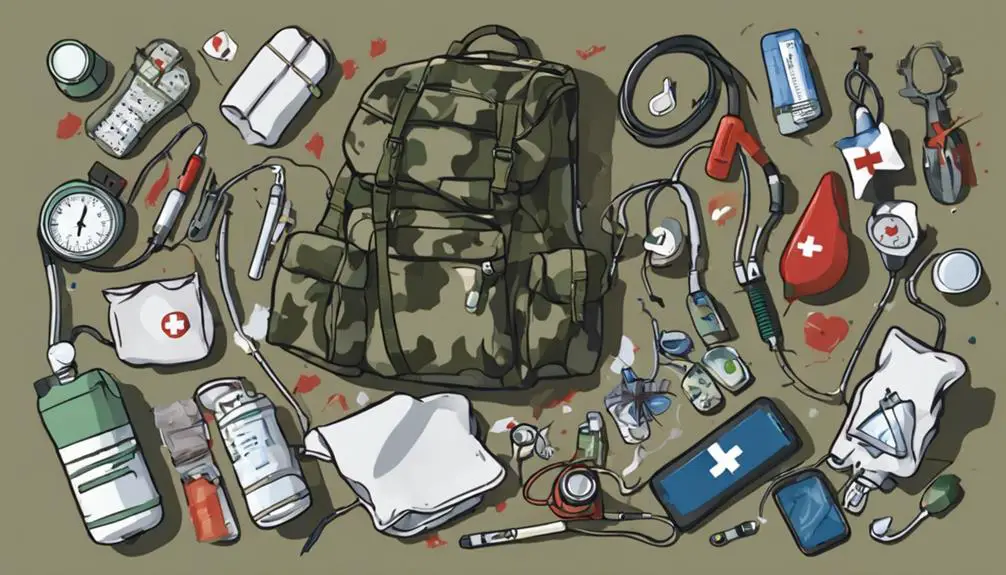
In the high-stakes world of medical equipment, you'll frequently encounter terms like 'ECG' and 'ventilator' that are essential for accurately diagnosing and treating patients. As a Battlefield Medic, understanding medical jargon is pivotal to providing effective care in high-pressure situations. Familiarizing yourself with medical equipment terminology will help you navigate complex medical scenarios with confidence.
In a combat zone, every second counts, and using correct terminology can mean the difference between life and death. For instance, knowing the difference between a defibrillator and a pacemaker can be critical in emergency situations. Additionally, understanding the functions of equipment like oxygen tanks, IV poles, and suction devices will enable you to respond quickly and effectively in emergency situations.
Mastering medical equipment terminology is essential for Battlefield Medics, as it enables them to communicate effectively with other medical professionals and provide exceptional care to those in need. By being proficient in medical jargon, you'll be better equipped to handle the unique challenges of providing medical care in a combat environment.
Specialized Kit and Gear
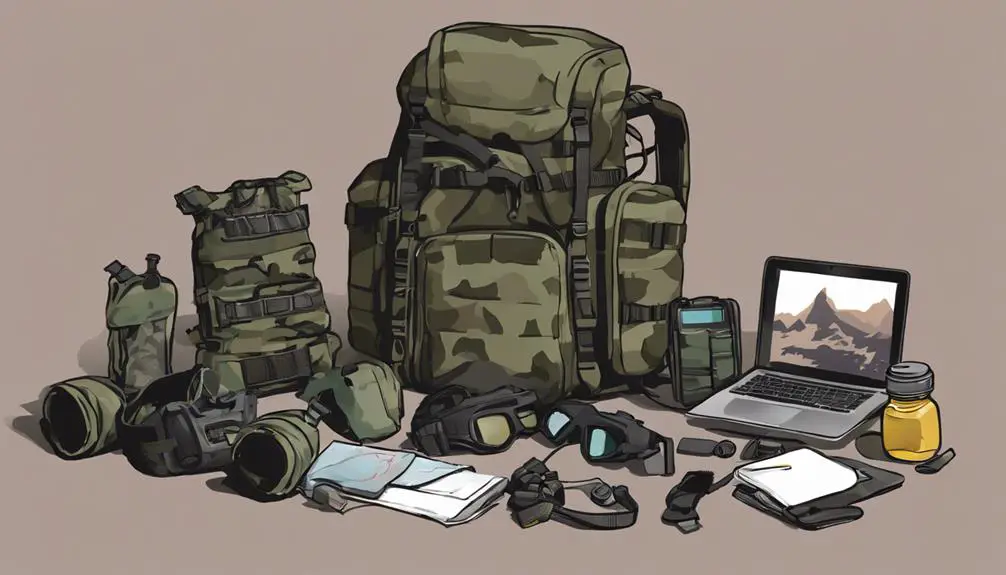
Your specialized kit and gear can be a lifesaver in the heat of battle, and you'll need to know how to operate and maintain everything from tourniquets and hemostatic agents to surgical instruments and portable defibrillators. These battle-ready gadgets are designed to help you stay alive and fight effectively. From night vision goggles to portable communication devices, your tactical gear essentials will keep you connected and informed on the battlefield. You'll need to be familiar with advanced first aid equipment, such as automatic external defibrillators and ventilators, to treat injuries quickly and efficiently. Additionally, you'll need to know how to use specialized tools like bolt cutters and breach kits to gain access to secure areas. By mastering your specialized kit and gear, you'll be better equipped to handle any situation that arises on the battlefield. Remember, staying battle-ready is key to success in combat – and that includes being proficient in the use and maintenance of your gear.
Explosive Ordnance Nicknames

As you navigate the complex world of explosive ordnance, you'll encounter a lexicon of nicknames that serve as shorthand for military personnel, allowing them to quickly communicate and identify specific types of ammunition, bombs, and other explosive devices. These nicknames are an integral part of bomb squad jargon and demolitions terminology, allowing teams to swiftly respond to threats and neutralize explosive devices.
Take, for instance, the "Tomahawk," a nickname for the BGM-109 submarine-launched cruise missile. Or the "JDAM," short for Joint Direct Attack Munition, a precision-guided bomb kit. These nicknames simplify complex terminology, enabling personnel to quickly convey critical information in high-pressure situations. The use of nicknames also facilitates communication across different branches and units, ensuring a unified response to explosive threats. By understanding these nicknames, you'll gain insight into the sophisticated language of explosive ordnance and the specialized terminology used by military personnel.
Engineering Equipment Terminology
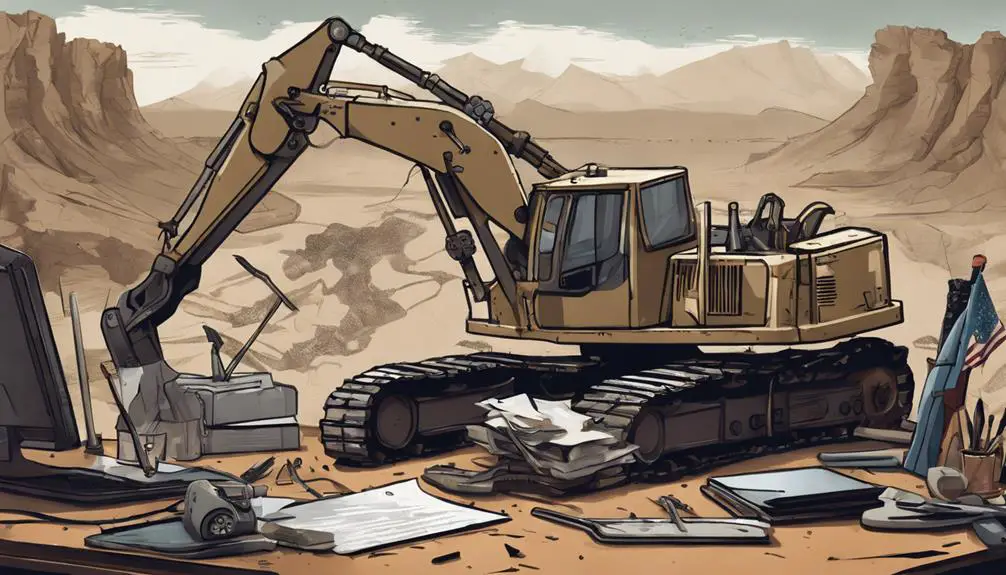
Five types of engineering equipment, specifically designed for military operations, have earned distinct nicknames that facilitate communication among personnel. As you explore the world of military engineering, you'll encounter terms like 'Cranezilla' for the massive crane trucks used in heavy lifting, and 'Dino' for the robust excavators that can handle tough terrain. These nicknames are more than just colloquialisms; they convey important information quickly and efficiently.
When it comes to mechanical systems integration, you'll hear terms like 'Spider' for the multi-axis robotic arms used in assembly lines. Meanwhile, geometric tolerancing analysis plays a significant role in ensuring the precision of engineered parts. In this context, you might hear 'GD&T' thrown around, referring to the Geometric Dimensioning and Tolerancing standards that govern these analyses. Familiarizing yourself with these terms is essential for effective communication among military engineers and technicians. By adopting this specialized vocabulary, you'll be better equipped to navigate the intricate world of military engineering equipment and systems.
Supplies and Logistics Lingo
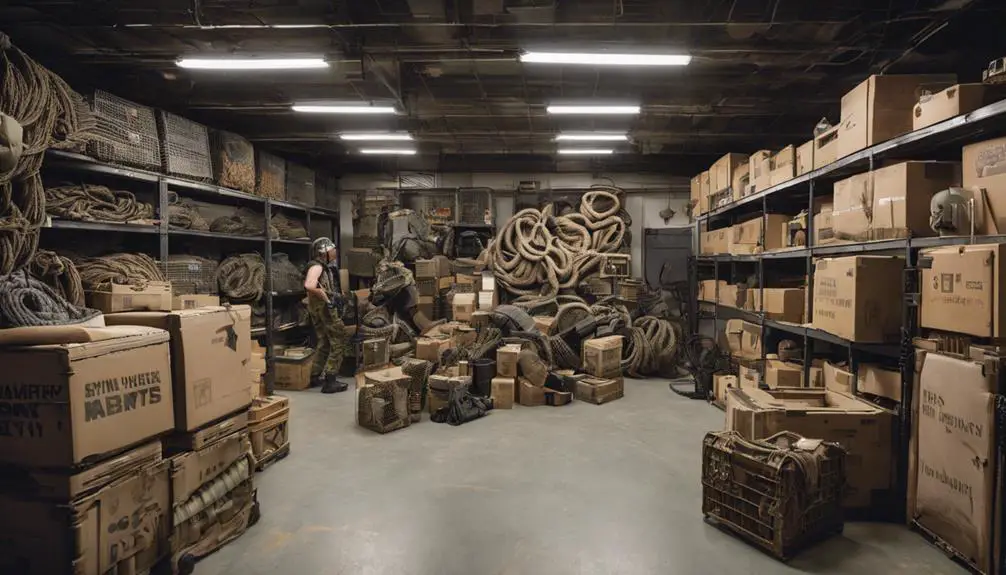
In the high-stakes world of military logistics, you'll need to decode a distinct language to navigate the complex web of supplies and inventory management, where cryptic terms like 'beans and bullets' denote essential resources. These colloquialisms mask the intricacies of supply chain management, where every item, from ammunition to food, must be procured, stored, and distributed efficiently. You'll encounter 'loggies' (logisticians) who oversee inventory control systems, ensuring that supplies reach the front lines on time. They'll discuss 'push' and 'pull' systems, where supplies are either stockpiled or ordered as needed. Don't be surprised when you hear 'beans' referring to food, 'bullets' for ammunition, or 'beans and bullets' for the entire range of essential supplies. Understanding this lingo is vital to mastering the art of military logistics. By grasping these terms, you'll better comprehend the intricate dance of supply chain management, where every item counts in the heat of battle.
Frequently Asked Questions
What Is the Origin of Military Slang for Equipment?
You're curious about the origin of military slang for equipment, and rightly so. Coincidentally, it's rooted in historical context and etymological roots. As you explore further, you'll find that military slang often emerges from the intersection of necessity, cultural influence, and technological advancements. The terminology evolves alongside the equipment, reflecting the dynamics of war and society.
Is Military Slang for Equipment Used Universally Across All Branches?
You might assume that military slang for equipment is universally adopted across all branches, but that's not entirely true. While there's an effort to establish universal terminology, each branch has its own unique culture and lingo. Inter-branch consistency is lacking, and you'll find that certain terms are specific to the Army, Navy, or Air Force. As you explore further, you'll discover that even within branches, different units or MOSs may use distinct slang.
Are There Any Differences in Slang Between Enlisted and Officer Ranks?
When examining the internal dynamics of the military, you'll find that rank-based lingo plays a significant role in shaping communication. The officer-enlisted divide is particularly notable, with distinct slang emerging within each group. You'll notice that enlisted personnel often use colloquialisms and acronyms that differ from those used by officers.
How Often Is Military Slang for Equipment Updated or Changed?
You're about to uncover the truth behind the ever-changing landscape of slang. In the world of terminology, you're probably wondering how often these slang terms get updated or changed. The answer lies in the slang evolution timelines, where terms are constantly being refined, replaced, or added to maintain relevance. Standardization efforts guarantee consistency, but it's a delicate balance between adapting to new tech and preserving existing terminology.
Is Military Slang for Equipment Used in Formal Military Documents?
When you're dealing with formal military documents, you'll rarely find colloquialisms or slang terms. Official documents typically maintain a formal tone, adhering to bureaucratic language that's clear, concise, and unambiguous. In this situation, it's unlikely that military slang for equipment would be used, as it may be perceived as unprofessional or informal. Instead, formal documents will opt for standardized terminology to guarantee clarity and consistency.

